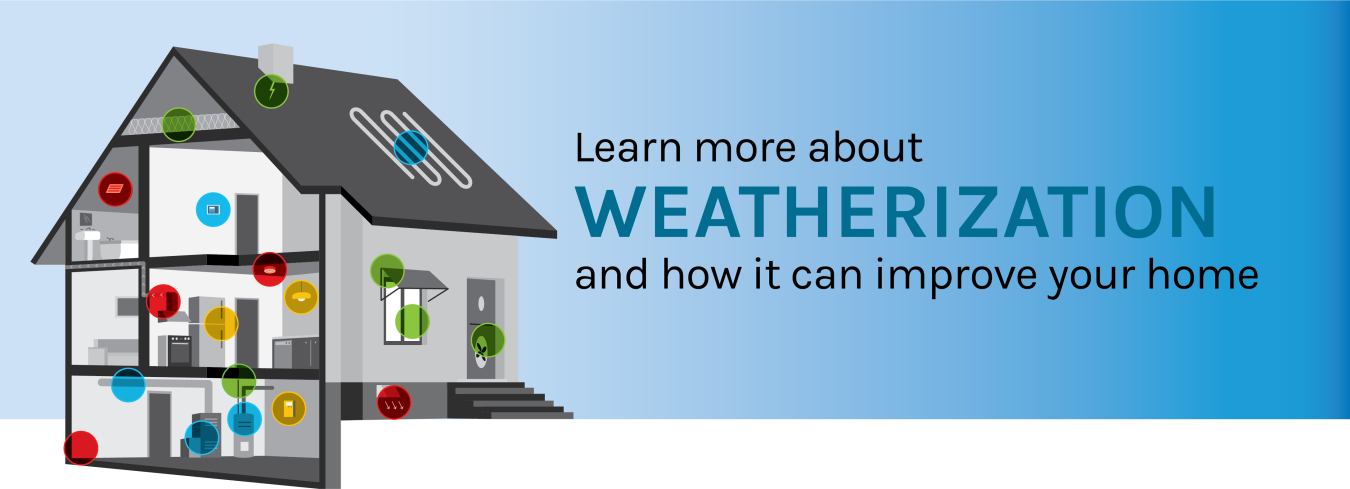The U.S. Department of Energy's (DOE) Weatherization Assistance Program (WAP) reduces energy costs for low-income households by increasing the energy efficiency of their homes, while ensuring health and safety. It is the nation’s single largest residential whole-house energy efficiency program. WAP has created an industry, producing new jobs and technologies, all while helping the most vulnerable families across the country.

How Weatherization Works
Weatherization has operated for more than 40 years and is the nation's largest single "whole-house" energy efficiency program. The Program’s primary purpose, established by law, is "…to increase the energy efficiency of dwellings owned or occupied by low-income persons, reduce their total residential energy expenditures, and improve their health and safety, especially low-income persons who are particularly vulnerable, such as the elderly, the disabled, and children.”
WAP provides core program funding to all 50 states, the District of Columbia, Native American Tribes, and the five U.S. territories—American Samoa, Guam, Northern Mariana Islands, Puerto Rico, and the Virgin Islands—through formula grants.
Once DOE awards the grants, the states, tribes, and territories contract with roughly 700 local organizations nationwide that consists of community action agencies, other nonprofits, and local governments. These organizations use in-house crews and private contractors to perform the weatherization services for low-income families. Many states and local organizations leverage other federal, state and private WAP programs to deliver more services while inside the home.
In 2018, the WAP Network leveraged non-DOE funds, such as from the Low Income Home Energy Assistance Program (LIHEAP), utilities and states funding by providing an additional $679 million, or $3.48 for every dollar invested by DOE (2018 National Association for State Community Services Programs funding survey).
Why Weatherization Matters
In addition to helping households, WAP also helps revitalize communities by spurring economic growth and reducing environmental impact. Weatherization returns $2.78 in non-energy benefits for every $1.00 invested in the Program (National Evaluation). Non-energy benefits represent tremendous benefits for families whose homes receive weatherization services.
After Weatherization:

Innovative Technology and Practices

Weatherization is critical to introducing and deploying technology and facilitating greater industry adoption. The home performance industry is based on the skills perfected by weatherization.
The WAP Network and the private sector established the Guidelines for Home Energy Professionals, including the Standard Work Specifications for Home Energy Upgrades and Home Energy Professional certifications along with accreditation of energy-efficiency training programs. Weatherization agencies also create a market for American manufacturing, using products and equipment from local sources, benefitting the business community in the regions they serve.


